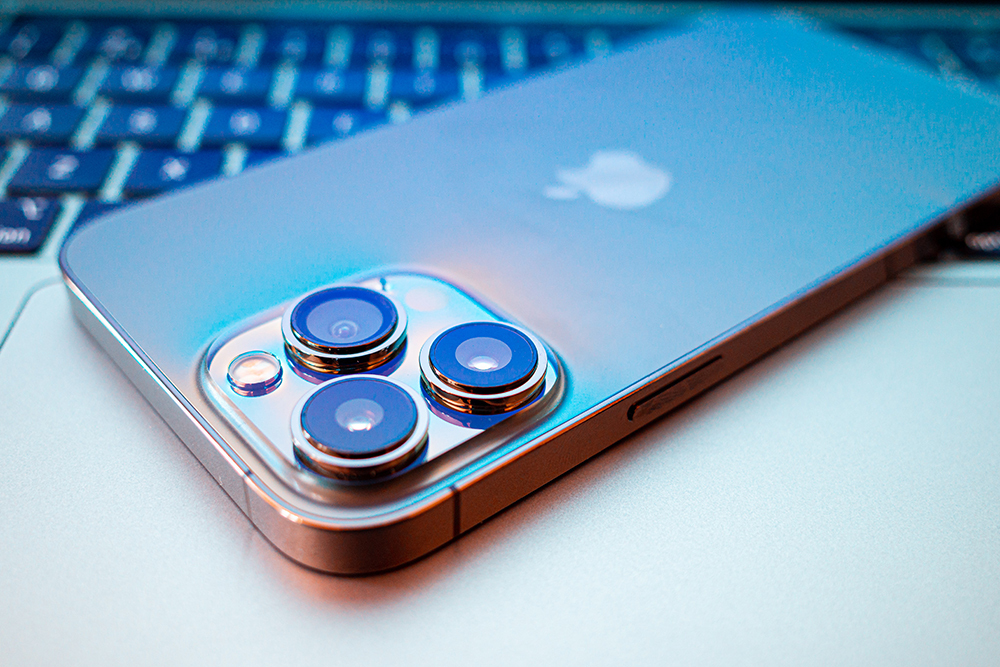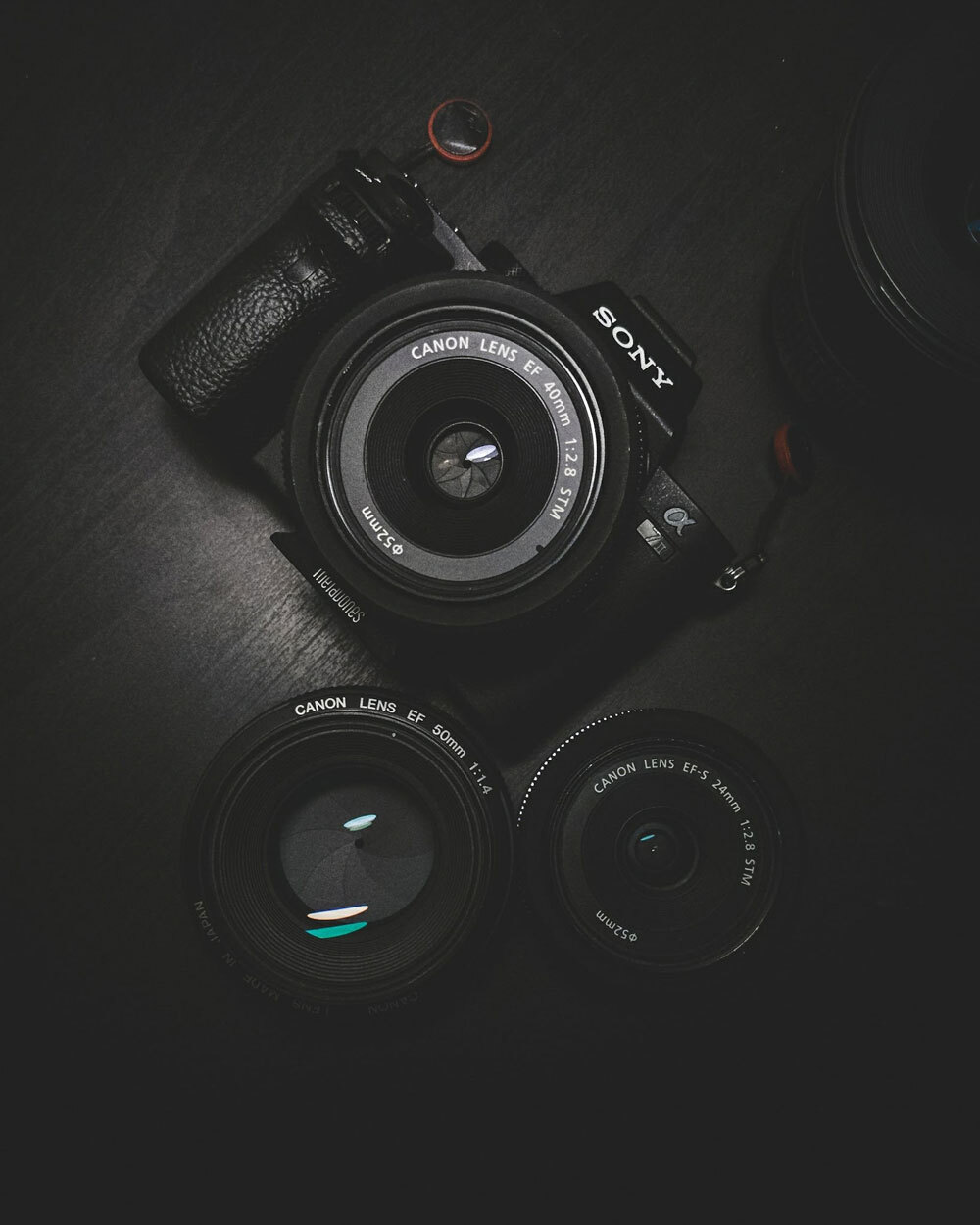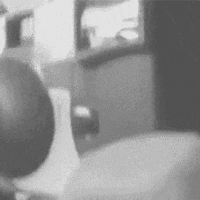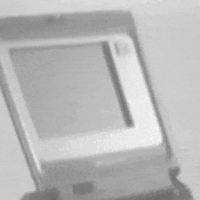
The iPhone 13 Pro Max uses Sony sensors. (Ehimetalor Akhere Unuabona/Unsplash)
Sony has a fascinating position in modern technology; while their own smartphones struggle to move the needle from a marketshare standpoint (in part because they tend to target the high end and aren’t usually a part of the carrier mix) the company does supply a lot of parts to other smartphone makers.
And on top of that the company makes a lot of great accessories. You may not own a Sony smartphone, but odds are that you use a pair of their headphones or own a Sony mirrorless camera.
So when Sony Semiconductor Solutions CEO Terushi Shimizu recently implied that the DSLR, a bedrock device in the photographer’s toolkit, might soon meet its match in a smartphone, it was bound to draw people’s attention. Speaking to a business meeting in Japan, he implied that the older shutter-based technology, still widely appreciated by most mainstream photographers although gradually being competed with at the high end by “mirrorless” cameras, would fall into obsolescence as camera companies continued to invest in smartphone photography.
“Around 2019, it was said that the three elements of the battery, display, and camera will evolve in smartphones. While the other two are technically saturated, there are still expectations for the camera to evolve,” he said.

(Conor Luddy/Unsplash)
Part of the claim driving this argument is essentially that smartphones are increasing in quality, and will get even larger sensors in the coming years. Combine this with the fact that smartphones are surging in capabilities, allowing for the increased use of artificial intelligence to improve picture quality, and you have a situation that heavily favors the smartphone.
(It should be noted, as DIY Photography does, that Sony itself hasn’t made a DSLR camera in more than a decade, favoring mirrorless instead, so it may not be comparing the latest tech with that bold claim.)
Now, obviously, this may just be one CEO talking from the perspective of a company that wants its image sensors used in high-end phones, including the iPhone 13. But mobile imaging has come a long way in part because of a willingness to invest. The iPhone, just as an example, has come a long way, starting with a 2-megapixel sensor and evolving from leaps and bounds from that point.
But I have to imagine that if I were a professional photographer, I would probably find Shimizu’s comments to be not very helpful. It’s not that smartphone cameras are bad, but there is a reason why photographers prefer going with purpose-built devices with fancy interchangeable lenses—and it’s not just because of the quality of the sensor.
The smartphone does have some room to evolve on the camera front, and honestly it’s been the driving factor for most upgrades in the last three or four years. But honestly, I think I’d think Shimizu’s comments are probably best seen with a megapixel-sized grain of salt.
Time limit given ⏲: 30 minutes
Time left on clock ⏲: 15 seconds



